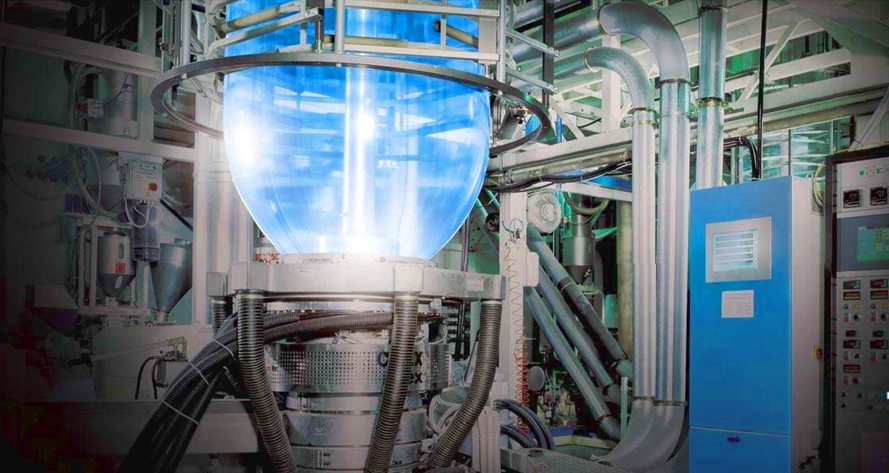ABB Plastic Process Equipment
ABB plastic process equipment is available in a complete range of solutions developed to meet the specific needs of the plasticsproduction industry, including AC and DC drives, controls and safety engineering. ABB plastic process equipment userscan meet all drive and control needs from a single source. They can also call on the extensive global technical application and service support delivered by ABBs team ofhighly skilled and knowledgeable engineers who have a wealth of experience in the plastic manufacturing industries.
ABB plastic process equipment includes ABB robots for the entire spectrum of mould machines – small, medium-size and heavy duty. A glance at the typical applications reveals true robot versatility: insertion of parts in the mould, extraction and a wide variety of post-process applications such as cutting, gluing, assembly and quality control. Since these machines can be floor-mounted, mounted on pedestals or shelfmounted, the user still retains maximum flexibility. Additional ABB plastic process equipment with extended cycle time simply extends the performance of ABB 6-axis robots; to a perfect blend of accuracy and consistency.
Different types of ABB plastic processequipment is employed depending on the plastic product, type and size of its corresponding extruder. A diverse range of motors are used: standard IEC asynchronous motors, square type servo motors, DC motors, permanent magnet motors, and synchronous reluctance motors. Drives are used for precise motor control and increased energy efficiency as well as for environmental and cost reasons. Modern drives also provide dynamic torque limiting for the extrusion screw even without speed feedback, even with synchronous motors with or without permanent magnets. For extruder heating systems, ABB plastic process controls with adaptive thermostats offer particular advantages.
ABB Control Builder Plus is ABBs unique integrated engineering tool for control systems, drives, operating panels, field buses, network and webservices. It integrates tools for the configuration, programming, diagnostics and servicing of almost every automation project via an intuitive user interface. ABB’s dynamic control of asynchronous, PM servo motors and ABB synchronous reluctance motors enables the rapid correction of load-side disturbances. ABB drives with direct torque control (OTC) provide speed and torque control without sensors.
ABB plastic process equipment is flexible to optimize all manufacturing processes and control. ABB plastic process equipment also comes with premium service, responsible solutions and expertise at the user’s disposal, anywhere on the globe. To learn more about ABB plastic process equipment, visit the ABB Website. For ABB plastic process equipment repair and replacement quotes, contact Precision Electric, Inc.








